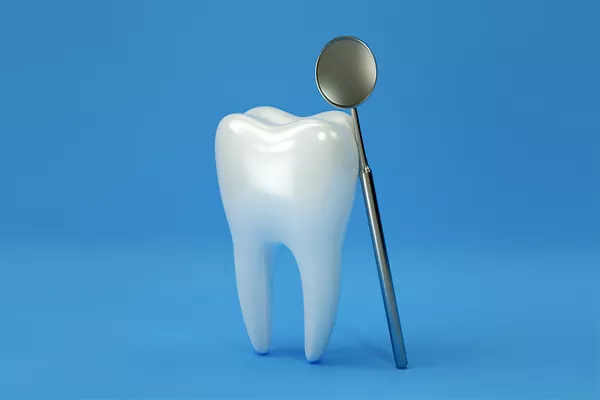A cavity filling is a common dental procedure used to repair a tooth that has been damaged by decay. The process of getting a cavity filled typically involves the following steps:
Numbing the area: The dentist will begin by numbing the area around the affected tooth using a local anesthetic. This will help to ensure that you do not experience any pain or discomfort during the procedure.
Removing the decay: Once the area is numb, the dentist will use a dental drill to remove the decayed portion of the tooth. The dentist will then shape the remaining tooth structure to prepare it for the filling.
Placing the filling: Once the tooth has been prepared, the dentist will place the filling material into the cavity. There are several different types of filling materials available, including amalgam, composite resin, gold, and ceramic.
Shaping and polishing the filling: After the filling has been placed, the dentist will shape and polish it to ensure that it fits properly and looks natural.
Cavity fillings are typically a quick and relatively simple procedure that can be completed in a single dental visit.
After the procedure, you may experience some sensitivity or discomfort in the affected tooth, but this should subside within a few days.
It is important to note that getting a cavity filled does not mean that you are completely protected from future decay.
It is still important to maintain good dental hygiene practices, including brushing twice a day, flossing regularly, and scheduling regular dental check-ups and cleanings.
In conclusion, a cavity filling is a common dental procedure used to repair a tooth that has been damaged by decay. The process involves numbing the area, removing the decay, placing the filling material, and shaping and polishing the filling. It is important to maintain good dental hygiene practices to prevent future decay and the need for additional fillings.
































